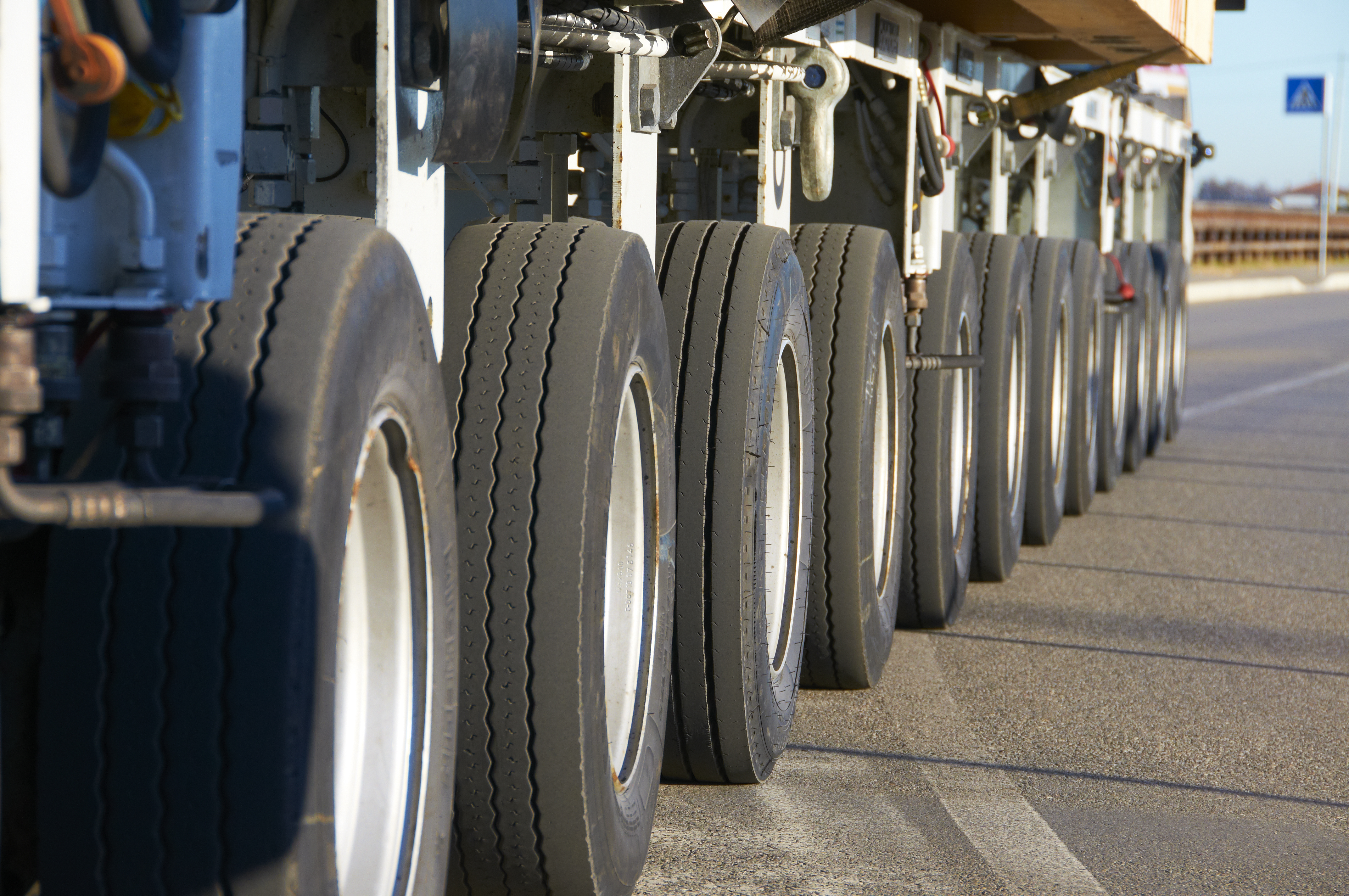DVSA update to brake testing guidelines for HGVs and trailers
22 August 2025
The Driver and Vehicle Standards Agency (DVSA) has announced significant changes to brake testing procedures for heavy goods vehicles (HGVs) and trailers, introducing new technology aimed at improving efficiency and reducing costs for operators.
Traditionally, under the Guide to Maintaining Roadworthiness, operators have been required to present vehicles for brake testing in a laden condition. This approach ensures an accurate assessment of braking performance but often proves costly and time-consuming for hauliers.
From Thursday, 21 August 2025, DVSA will approve the use of load simulation brake rollers during annual tests. This means vehicles may no longer need to be physically loaded before being presented for brake testing, provided approved simulation technology is used.
The introduction of load simulation offers a practical alternative where traditional laden brake testing is challenging or inefficient. It is expected to minimise operational disruption, reduce costs, and lower environmental impact by removing the need to transport fully loaded vehicles solely for testing purposes.
According to DVSA, this update is designed to streamline the testing process without compromising safety standards, ensuring HGVs and trailers remain compliant while saving operators valuable time and resources.
Vehicles that are currently exempt from laden brake testing will still be exempt. Though, it is considered best practice to test even if an exemption applies.
For any queries, contact our Regulatory team.
This article was written by Lucy Grainger.
